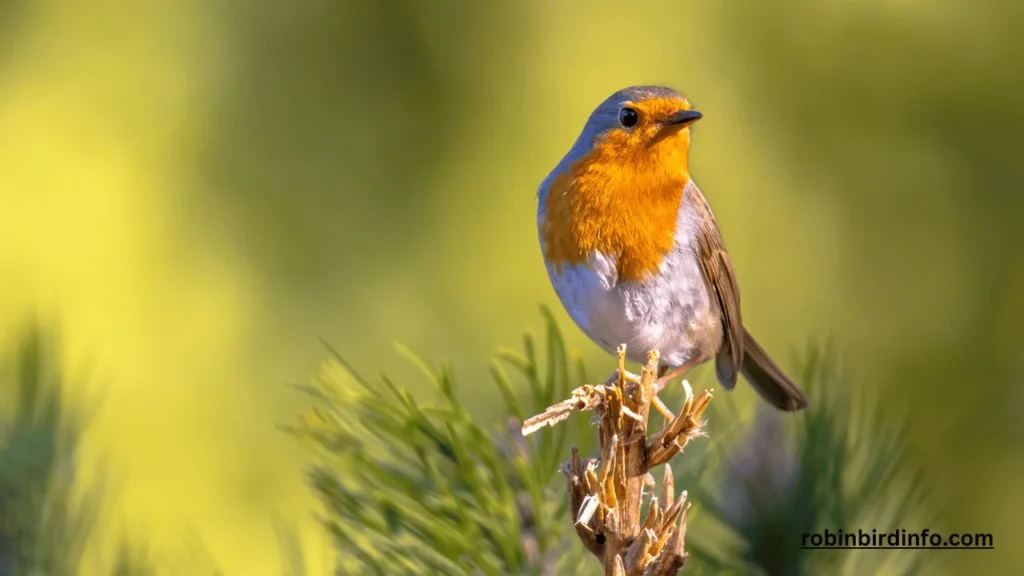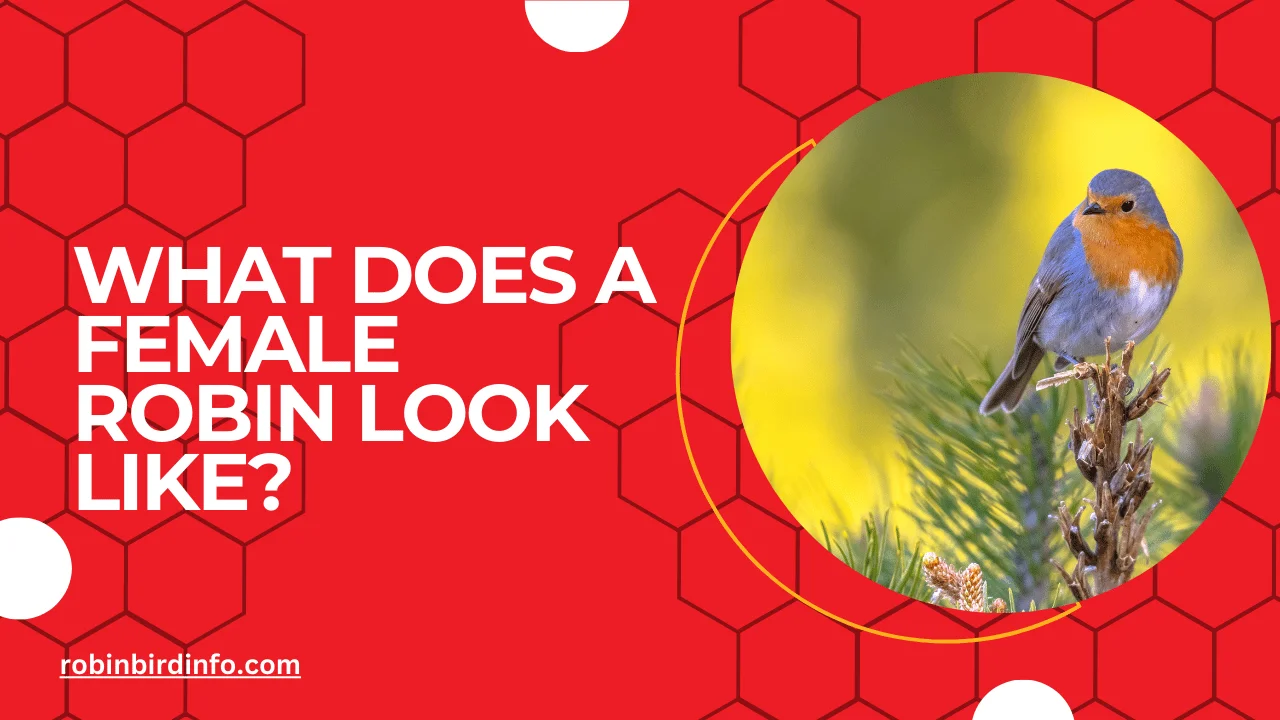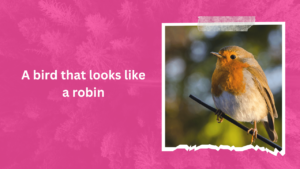Have you ever gazed out your window at a pair of Robins flitting around your garden?
You might be captivated by the male’s vibrant red breast, a beacon of color against the green foliage. But what about the female Robin? Often overlooked, these feathered females play a critical role in the Robin ecosystem.
Understanding their appearance goes beyond simply acknowledging they lack the male’s flashy plumage.
These unsung heroines of the backyard world possess unique characteristics that are essential for their survival and the continuation of the Robin species. By delving deeper into the physical features and behavioral patterns of female Robins, we can gain a greater appreciation for their contribution to the natural world.
So, if you’re curious about the fascinating secrets hidden beneath the female Robin’s seemingly plain exterior, keep reading! This blog post will unveil the hidden wonders of these remarkable birds and equip you with the knowledge to confidently identify them in your own backyard.
Contents
Section 1: Physical Characteristics of Female Robins
Plumage: While male Robins are known for their vibrant red breast, female Robins have a more subdued appearance. Their breast is typically a duller orange-brown color. The rest of their plumage is a mottled brown, which helps them blend in with their surroundings.
Size and Shape: Female Robins are generally slightly smaller than male Robins. However, there isn’t a significant difference in their overall shape. Both sexes share the characteristic Robin silhouette with a rounded head, short neck, and long, tapered tail.
Behavioral Differences: While both male and female Robins contribute to nesting and feeding their young, there are some behavioral differences. Females are often more involved in nest building and incubation, while males may spend more time foraging for food.
Section 2: The Role of Female Robins in Reproduction
Nest Building: Female Robins play a crucial role in nest construction. They select the nest site and gather materials like twigs, grass, and mud. They carefully weave these materials together to create a sturdy and well-insulated nest.
Egg Laying: Once the nest is complete, the female Robin lays a clutch of 3-4 eggs. The eggs are a beautiful pale blue color.
Incubation: Both male and female Robins share the responsibility of incubating the eggs. However, the female typically spends more time on the nest, keeping the eggs warm and protected.
Section 3: Camouflage and Protection
The Importance of Camouflage: The less vibrant plumage of female Robins serves as a form of camouflage, helping them blend in with their surroundings. This camouflage is particularly important during nesting and brooding, as it helps to protect both the female and her eggs from predators.
Protecting Nestlings: Female Robins are fiercely protective of their young. They will aggressively defend their nest and nestlings from predators, such as cats, snakes, and birds of prey.
Section 4: Misconceptions and Common Mistakes

Common Misidentifications: One common misconception is that all Robins have a red breast. This is not the case. Female Robins lack the vibrant red plumage of males.
Tips for Identifying Female Robins: To identify a female Robin, look for a duller orange-brown breast. Pay attention to their behavior, as females are often more active in nest building and brooding.
Section 5: The Importance of Female Robins
Conservation Efforts: Female Robins play a vital role in the survival of Robin populations. Protecting their nesting sites and ensuring the availability of food sources are crucial for their well-being.
Citizen Science: By participating in citizen science projects, people can help monitor Robin populations and gather valuable data on their behavior and habitat needs. This information can be used to inform conservation efforts and protect these fascinating birds.
Conclusion
While male Robins may steal the show with their vibrant plumage, female Robins are equally important to the survival of the species.
By understanding their role in reproduction, their unique adaptations, and the challenges they face, we can appreciate the full beauty and complexity of these remarkable birds.
FAQ’s
Do female Robins build the nest?
Both male and female Robins contribute to nest building. However, the female Robin typically takes the lead in selecting the nest site and gathering materials.
How long is the incubation period for Robin eggs?
The incubation period for Robin eggs is typically around 12-14 days. Both male and female Robins share the responsibility of incubating the eggs.
What do female Robins eat?
Female Robins primarily eat insects, worms, and berries. They may also feed on seeds and fruits.
How can I attract female Robins to my yard?
To attract female Robins to your yard, provide a variety of food sources, such as birdseed, mealworms, and fresh fruit. You can also create a bird-friendly environment by planting native plants, offering clean water sources, and providing nesting sites.
Are female Robins aggressive?
Female Robins can be quite aggressive, especially when defending their nests and young. They may attack intruders, including other birds, cats, and even humans.
How can I help protect female Robins?
To protect female Robins and their nests, you can avoid disturbing them during the breeding season. You can also reduce the use of pesticides in your garden, as these chemicals can harm both adult birds and their young.








